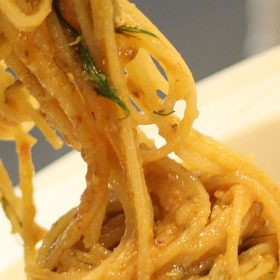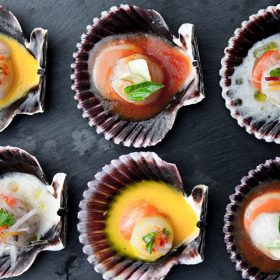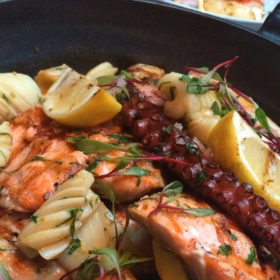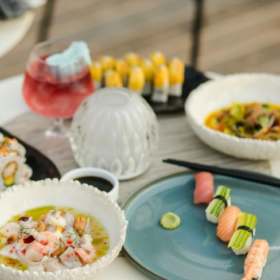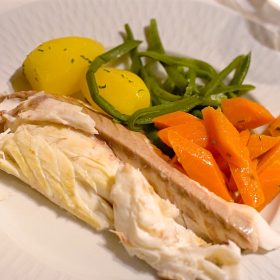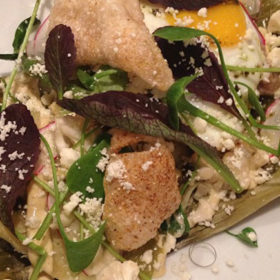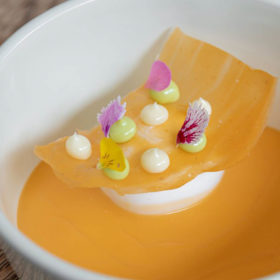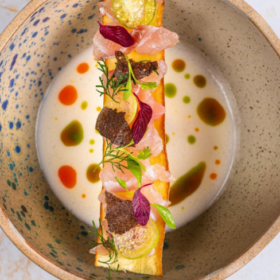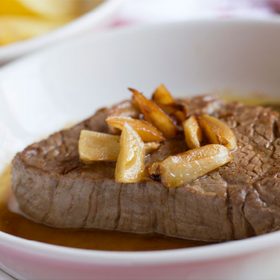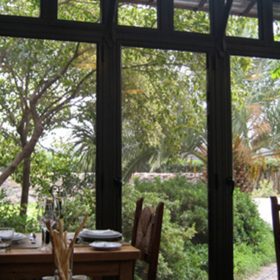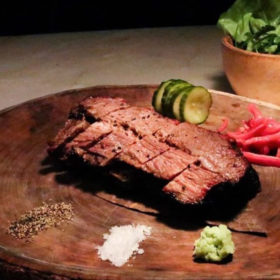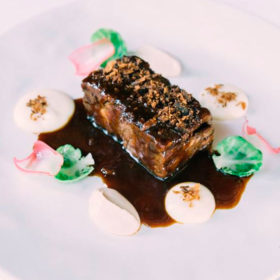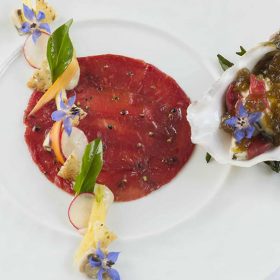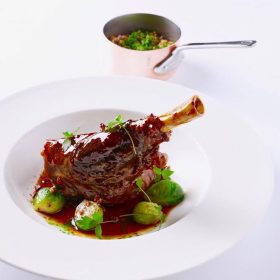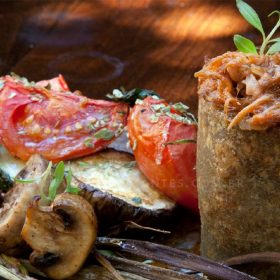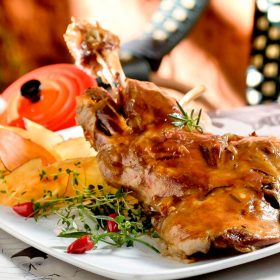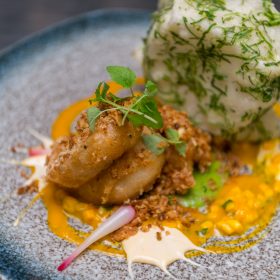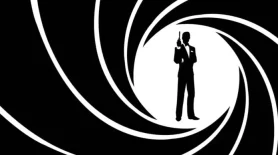How the martini became the world’s most iconic cocktail

It has a glamorous history and can be endlessly personalised
At dukes bar in London there is a limit of two martinis per person. Enrico Chiappini, one of the bartenders, says that in his 16 years he has made almost no exceptions. That is because the bar’s martinis, made with chilled gin or vodka and vermouth, are famously dangerous: each contains 120ml of booze. Two hold ten shots.
As James Thurber, an American humorist, warned, two martinis may be too many—but three are not enough. That thrill has attracted drinkers for more than a century. Ian Fleming, a British novelist and frequent patron of Dukes, invented the Vesper martini for James Bond, who ordered his “shaken not stirred”. Ernest Hemingway, also a committed drinker, extolled the macho tipple in his novels, including “A Farewell to Arms”.
A “boozy cultural prism” is what Alice Lascelles, who writes a column in the Financial Times, calls the drink in a new book, “The Martini”. It is resilient and adaptable. As distilling improved in the 20th century, drinkers started to request dry cocktails. In the 1980s tastes swung the other way, with fruity froths and coffee liqueur filling the y-shaped glasses.
Yet the martini’s basic recipe has always been simple. It requires no specialised equipment. That makes it “a kind of perfection that’s well within one’s grasp”, writes Ms Lascelles. During Prohibition in the 1920s in America, martini-making moved from bars to homes. A century later, covid lockdowns once again enticed many to experiment with mixology at home.
A basic formula can be endlessly personalised. That taps into the trend across lifestyle industries, from fragrances to fashion, of tweaking a product to express something about yourself. You may have a rotating repertoire of spirits. (In your correspondent’s case, it is a potato vodka from Poland.) Or it may be the garnish: citrus rind or olives? Franklin D. Roosevelt would add both, along with a splash of the olive brine. Hemingway had a fetish for adding onions: both frozen and raw.
A study by Claire Warner and Tristan Stephenson, two mixologists, identifies at least 21 variables yielding 6.9 quadrillion possible martini combinations. Meanwhile, bartenders use the drink to show off their skills. Tayēr + Elementary in London, one of the world’s best bars, riffs on its form by serving a green olive stuffed with blue cheese in a bite-sized vodka martini.
As people drink less, they want to drink better. That is especially true among young drinkers; last year a survey of millennials in America and Britain showed that 30% opted for homemade cocktails to start the night—almost double the share five years ago. They might even drop £25 ($33) on a martini at Dukes, which is made tableside to their specifications and poured theatrically into an ice-cold glass. It is a ritual rich with history—and potential for sharing on Instagram. #Cheers. ■
Correction (September 24th 2024): An earlier version of this article incorrectly stated that Enrico Chiappini was the head bartender at Dukes Bar. This has been fixed.
Font: How the martini became the world’s most iconic cocktail (economist.com)


